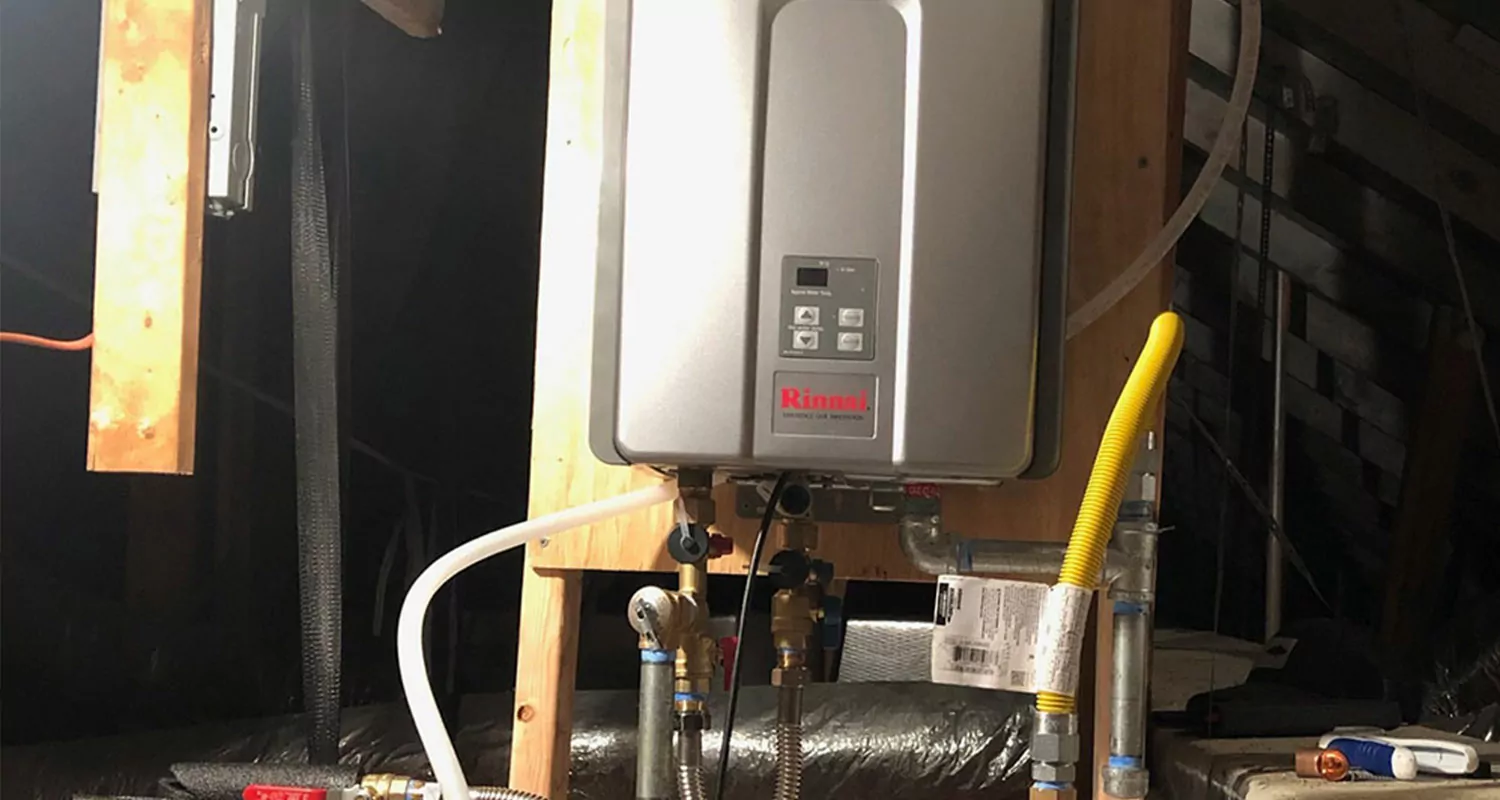The article author is making a few great points regarding Water Heater Maintenance Tips You Can't Afford to Forget in general in this post down below.

Warm water is essential for everyday convenience, whether it's for a refreshing shower or washing recipes. To guarantee your hot water system runs effectively and lasts much longer, normal upkeep is vital. This article gives practical tips and insights on exactly how to preserve your home's hot water system to prevent interruptions and expensive repair services.
Intro
Keeping your home's warm water system could appear overwhelming, but with a few easy steps, you can ensure it operates smoothly for years to come. This guide covers everything from understanding your warm water system to do it yourself upkeep pointers and recognizing when to employ specialist assistance.
Value of Preserving Your Hot Water System
Routine maintenance not only expands the life-span of your warm water system however likewise ensures it operates efficiently. Neglecting upkeep can result in decreased efficiency, higher power expenses, and even premature failure of the system.
Indicators Your Warm Water System Requirements Maintenance
Knowing when your warm water system requires interest can avoid significant problems. Watch out for indications such as inconsistent water temperature level, unusual sounds from the heating unit, or rustic water.
Flushing the Hot Water Heater
Flushing your water heater gets rid of debris accumulation, improving performance and extending its life.
Checking and Changing Anode Rods
Anode rods prevent deterioration inside the storage tank. Examining and changing them when worn is essential.
Facility Issues Calling For Expert Help
Instances include major leakages, electrical troubles, or if your hot water heater is consistently underperforming.
Regular Expert Maintenance Perks
Professional upkeep can include thorough examinations, tune-ups, and making sure compliance with security standards.
Examining and Adjusting Temperature Level Setups
Adjusting the temperature level settings guarantees ideal efficiency and safety.
DIY Tips for Upkeep
You can perform numerous maintenance jobs yourself to maintain your warm water system in top problem.
Checking for Leakages
Consistently examine pipelines and connections for leakages, as these can result in water damages and higher costs.
Understanding Your Hot Water System
Prior to diving right into maintenance tasks, it's handy to recognize the basic components of your hot water system. Usually, this includes the hot water heater itself, pipelines, anode poles, and temperature controls.
Monthly Upkeep Tasks
Normal monthly checks can assist capture small issues prior to they rise.
Testing Pressure Relief Valves
Evaluating the pressure safety valve guarantees it operates correctly and prevents extreme stress build-up.
Insulating Pipelines
Shielding warm water pipes reduces heat loss and can save energy.
When to Call a Professional
While DIY maintenance is valuable, some concerns call for specialist experience.
Verdict
Normal upkeep of your home's warm water system is necessary for performance, long life, and expense financial savings. By complying with these ideas and understanding when to seek expert assistance, you can guarantee a dependable supply of warm water without unanticipated disturbances.
How to Maintain an Instant Hot Water Heater
Before tinkering with your hot water heater, make sure that it’s not powered on. You also have to turn off the main circuit breaker and shut off the main gas line to prevent accidents. Also turn off the water valves connected to your unit to prevent water from flowing into and out of the appliance. 2. When you’re done, you have to detach the purge valves’ caps. These look like the letter “T” and are situated on either side of the water valves. Doing so will release any pressure that has accumulated inside the valves while at the same time avoid hot water from shooting out and burning your skin. 3. When the purge valves’ caps are removed, you have to connect your hosing lines to the valves. Your unit should have come with three hoses but if it didn’t, you can purchase these things from any hardware or home repair shops. You can also get them from retail stores that sell water heating systems. Read the user’s manual and follow it to complete this task properly. When the hosing lines are connected, open the purge port’s valves. 4. You should never use harsh chemical cleaners or solutions when cleaning your unit. Make use of white vinegar instead. It should be undiluted and you’ll probably use about 2 gallons. 5. Now flush your water heater. This task should probably take about 40 minutes. We can’t give you specific directions for this because the procedure is carried out depending on the type, model and brand of your heater. With that being said, refer to the user’s manual. 6. When you’re done draining the unit, you have to turn off the purge port valves again. Remove the hosing lines that you earlier installed on each of the water valves. Put the valve caps (purge port) back in their respective places and be very careful so as not to damage the rubber discs that are found inside these caps. 7. Now that everything’s back in place, check your user’s manual again to find out how to reactivate your water heating system. 8. Once it is working, turn one of your hot water faucets on just to let air pass through the heater’s water supply pipes. Leave the tap on until water flows smoothly out of it. https://www.orrplumbing.com/blog/2014/september/how-to-maintain-an-instant-hot-water-heater/

We had been shown that editorial on Water Heater Maintenance Tips You Can't Afford to Forget from a good friend on a different web blog. Enjoyed reading our content? Please share it. Help somebody else discover it. Thank-you for your time invested reading it.
Estimating